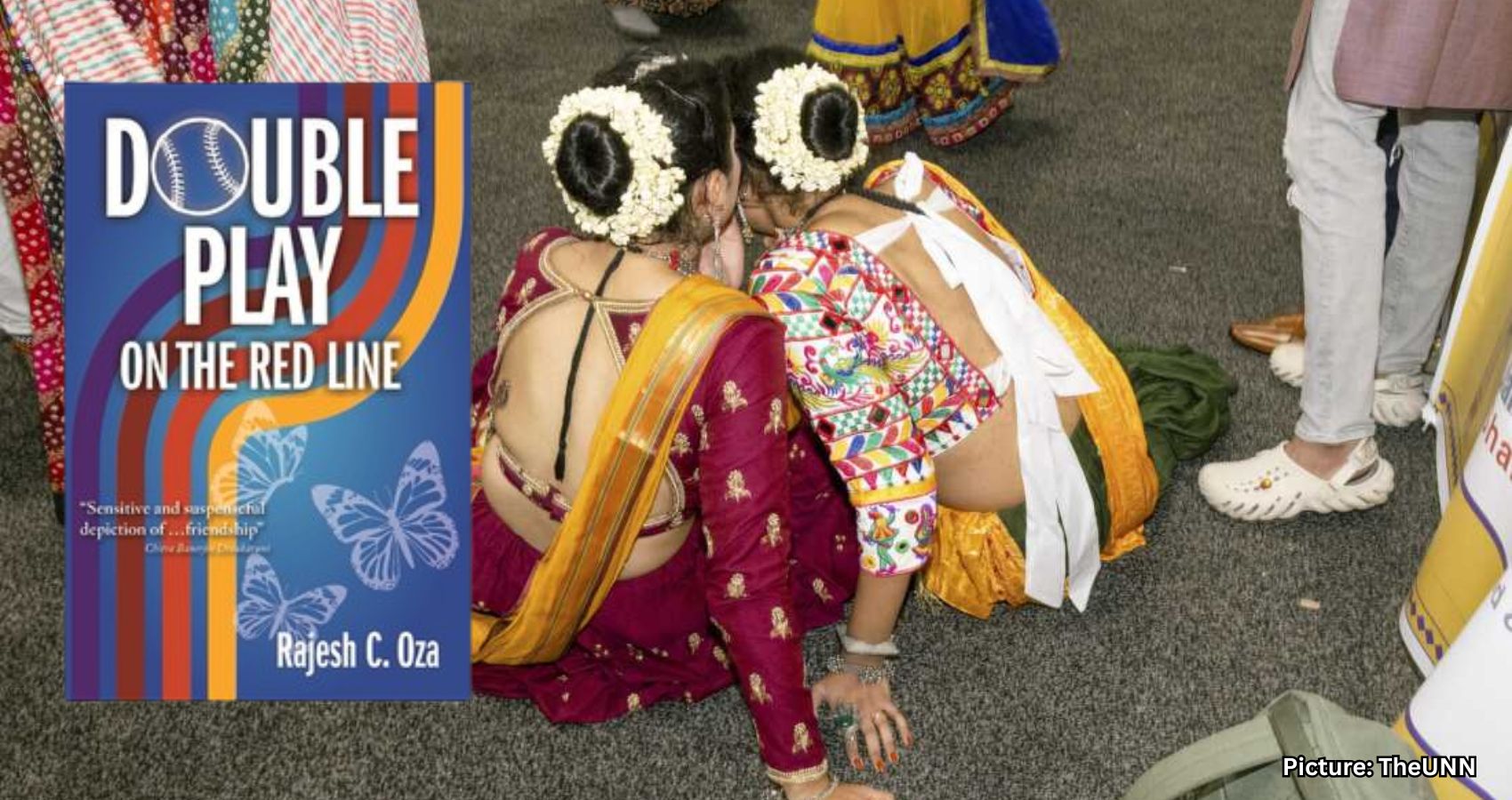Rajesh C. Oza’s debut novel, ‘Double Play on the Red Line,’ explores themes of racial injustice and friendship against the backdrop of baseball and immigration experiences.
Authors, particularly those embarking on their first literary journey, often draw inspiration from their own lives, resulting in works that reflect autobiographical elements. Rajesh C. Oza, whose debut novel, ‘Double Play on the Red Line,’ was released this month, embodies this trend. Born in Mumbai in 1960, Oza’s life has spanned multiple cultures, having moved to Canada at the age of six, then to Evanston, a suburb of Chicago, at nine, and finally settling in California in the 1980s.
‘Double Play on the Red Line’ is a work of historical fiction that tells the poignant story of Ernie, a Black man wrongfully convicted of murder, and his friend Ratan, an Indian immigrant professor determined to uncover the truth behind the crime.
The title of the novel references both baseball, a central theme in the narrative, and Chicago’s public transportation system. Published by Third World Press, a Chicago-based publisher known for its focus on Black and African-centered literature since 1967, the book delves into the complexities of race, identity, and belonging.
As the plot unfolds, readers are confronted with various anthropological realities that bridge the East and West, including issues of racism, colorism, caste, immigration, and misplaced nationalism. Oza views both India and America, represented through his protagonists, as flawed yet endearing nations. “They’re forever projects,” he remarked in an interview.
The friendship between Ernie and Ratan prompts reflection on racial harmony, particularly the dynamics of mixed-race friendships, which remain relatively uncommon, especially between Black and brown men. The novel’s epicenter, Wrigley Field, a renowned baseball stadium in Chicago, serves as the backdrop for the crime that derails Ernie’s promising baseball career.
For Oza, Wrigley Field symbolizes the duality of the American experience—its pastoral beauty and community spirit juxtaposed with the harsh realities of racism. “It represents all that is great about America,” he stated, “and, in equal measure, that which is toxic about America.”
Oza’s early experiences with immigration have significantly shaped his writing. He recalls his initial move to Canada, where he was one of the few people of color in his classroom. “When we moved to Evanston, the classroom was 60% white, 39% Black, one Hispanic guy, and one Indian (Raj himself); that really informed my sense of what this character (Ratan) is about,” he explained. “He’s trying to make sense of this American world… since I was nine years old, I’ve been trying to make sense of this.”
At 65, Oza continues to grapple with issues of racial inequity and social justice, viewing his novel as a significant part of his ongoing quest for understanding. The inspiration for the plot emerged from ‘The Innocence Project,’ a journalism initiative his daughter Anupama participated in during her undergraduate studies at Northwestern University 18 years ago.
Oza also draws inspiration from the works of Satyajit Ray, who famously asserted that his films feature no villains, only complex human characters. “I’ve tried to carry that spirit in my novel,” he noted. Outside of the American social justice system, which serves as the primary antagonist in his narrative, Oza emphasizes that there are no clear heroes or villains in the story.
Among the authors who have influenced Oza are Saul Bellow, with whom he shares connections to Canada and Chicago, as well as R.K. Narayan and contemporary writers like Salman Rushdie and Jhumpa Lahiri, who articulate the Indian experience beyond India. The interplay of these influences enriches the narrative of ‘Double Play on the Red Line,’ making it a compelling exploration of identity and justice.
Source: Original article

